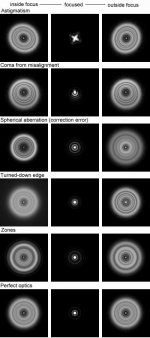Binoseeker
Mostly using spectacles (myopic) with binoculars.
Bitterroot,
Ok and thanks for your reply. Please tell us when your new review is at hand
Mayoayo,
I wonder if this type of "error" is ok within manufacturer specification ?
It would have been nice if manufacturer could present specifications to which their optical instrument is made, so we would know what to expect when buying like an "expensive" spotter and doing our own tests ...
Thanks,
Anders
Ok and thanks for your reply. Please tell us when your new review is at hand
Mayoayo,
I wonder if this type of "error" is ok within manufacturer specification ?
It would have been nice if manufacturer could present specifications to which their optical instrument is made, so we would know what to expect when buying like an "expensive" spotter and doing our own tests ...
Thanks,
Anders




